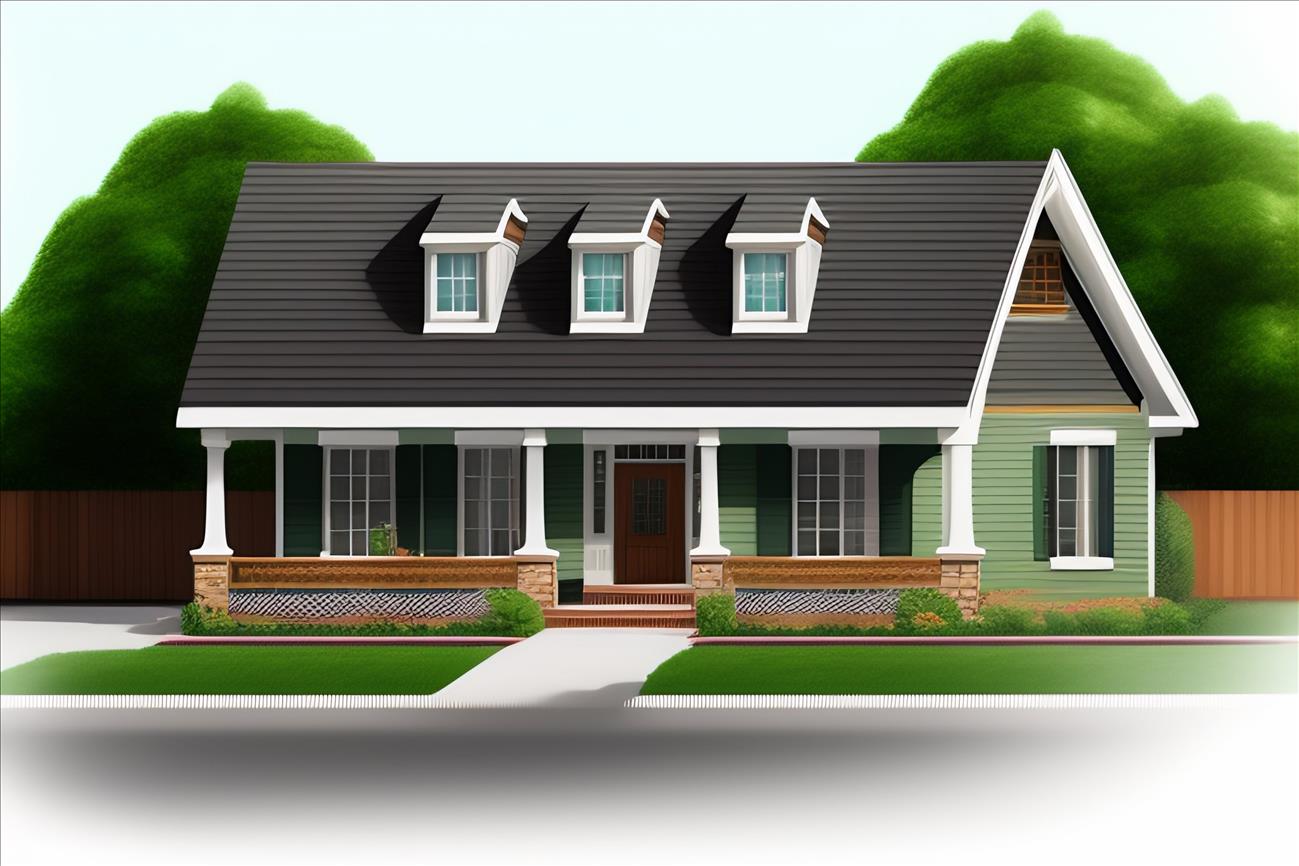While often overlooked, the roof is critical in safeguarding a home. Beyond merely providing shelter from external elements, modern roofing systems integrate technology, sustainability, and design to offer multifaceted benefits. Here are five intriguing facts about roofing that can surprise the everyday homeowner.
What the Average Homeowner Can Not Know About Roofing
1. The Color of Your Roof Impacts Energy Efficiency
When homeowners are confronted with selecting roofing materials, the array of color choices can be exciting and daunting. While many might be primarily drawn to aesthetics, the color of a roof plays a pivotal role in the home's overall energy efficiency, a factor often overlooked. With their reflective properties, light-colored roofs can deflect a significant portion of sunlight, which minimizes the heat penetration into the house, making them especially advantageous in hot climates where they can contribute to reduced cooling costs. On the other hand, in colder climates, a darker roof becomes a boon. By absorbing more sunlight, these roofs can trap heat, creating a warmer environment inside the house and potentially saving on heating bills.
2. Roofs Can Be Garden Spaces
Green or "living" roofs stand out as a testament to sustainable urban development, especially in areas where open green spaces are a rarity. Beyond their inherent aesthetic value, these roofs serve multiple practical purposes. Designed with layers of vegetation, they act as natural insulators, regulating the building's temperature, which can lead to energy savings. Additionally, they play a pivotal role in managing stormwater runoff by absorbing rainwater, and they actively help purify urban air by filtering pollutants. Furthermore, by supporting diverse ecosystems, these roofs become sanctuaries for various plant species and urban wildlife, transforming a mundane space into an environmental asset and a serene retreat for homeowners.
3. The Lifespan of a Roof Can Vary Dramatically Based on Material
For many homeowners, the roof is a significant investment, often with the expectation that it will endure for several years. However, the reality is that the longevity of a roof is largely determined by the material from which it is constructed. For instance, asphalt shingles, prevalent in many residential settings, generally have a lifespan of 20 to 25 years under typical conditions. On the other hand, more durable materials such as clay tiles or slate boast remarkable longevity, often standing strong for a century or even longer, provided they receive the necessary upkeep. Being conscious of the expected lifespan of their roof's material helps homeowners plan effective maintenance schedules and prepares them for potential replacements or renovations.
4. Modern Roofing Can Integrate Solar Technology
In the era of sustainable living and renewable energy solutions, solar roofs are emerging as a front-runner for environmentally-conscious homeowners. If you are living in Wichita, roofing companies are acknowledging this trend and ensuring homes not only have strong, durable roofs but also have the potential for sustainable energy solutions. Unlike traditional setups where solar panels are mounted atop existing roofs, these innovative systems are designed to incorporate the panels as an inherent component of the roof's structure. This elegant integration ensures homes can harness the sun's energy for their power needs while retaining or enhancing their architectural aesthetics. As an added advantage, by generating their electricity, homeowners can witness substantial reductions in their monthly utility bills and significantly diminish their carbon footprint, positively contributing to the broader fight against climate change.
5. Proper Roof Ventilation is Crucial
The concept of roof ventilation, at first glance, might appear paradoxical. Intuitively, one might question the wisdom of permitting outside air into a space typically associated with insulation. Yet, its rationale is deeply rooted in preserving the home's structure and comfort. Proper ventilation is key to preventing moisture buildup, a prime culprit behind mold proliferation and potential structural deterioration. Moreover, in regions prone to icy winters, a well-ventilated roof significantly diminishes the risk of ice dams — icy build-ups that can damage the roof and gutters. The home's structural integrity is fortified by promoting adequate airflow, and its indoor air quality is enhanced, fostering a healthier living environment.
Conclusion
Roofing is a blend of science, technology, and art, offering homeowners more than mere protection from external elements. From energy efficiency and sustainability to integrating cutting-edge technology, modern roofing systems encapsulate innovation at its finest.
By understanding these nuances, homeowners can make informed decisions, ensuring their homes remain safe, efficient, and in step with contemporary advancements.
Are You a Professional?
Requests for your services are coming in left and right. Let’s connect and grow your business, together.


